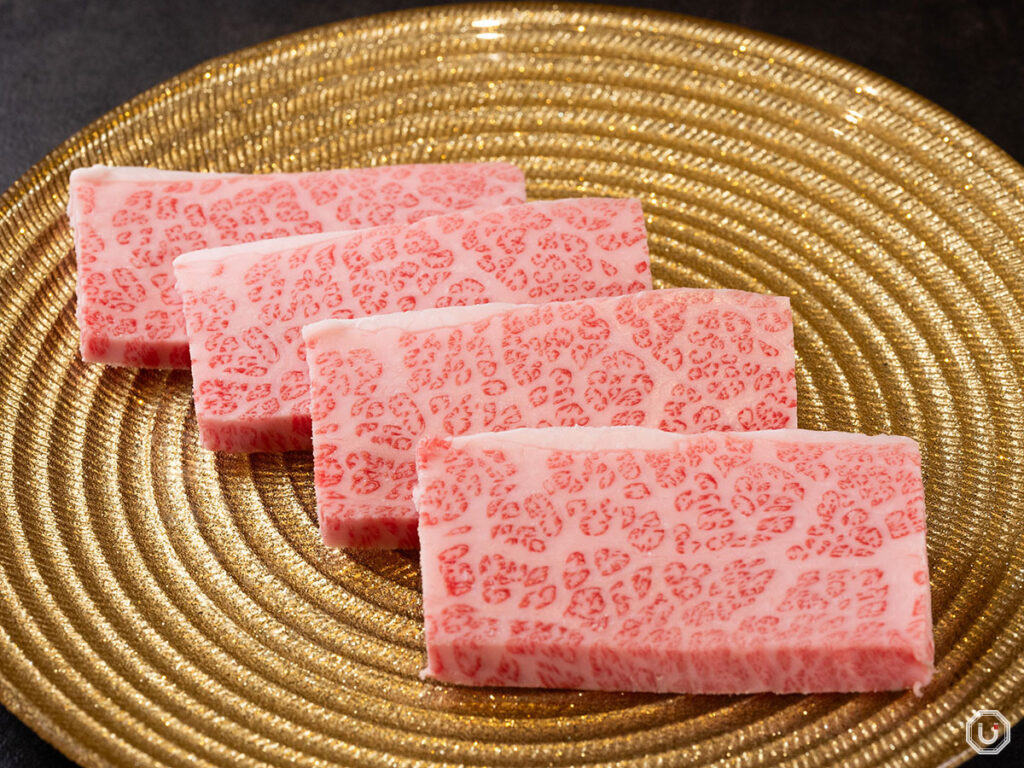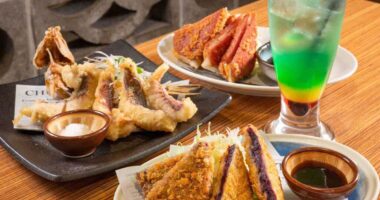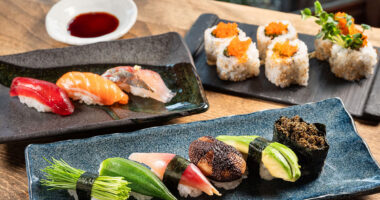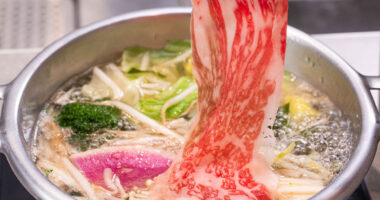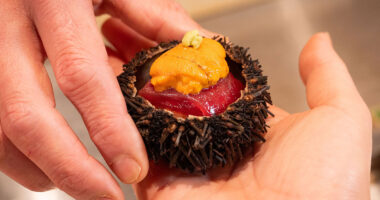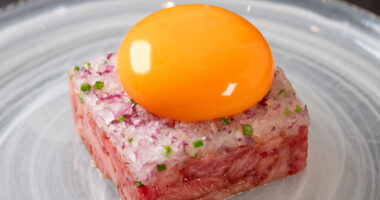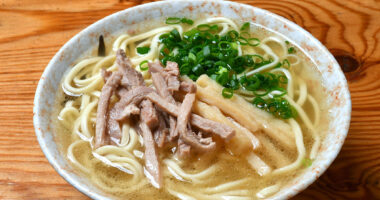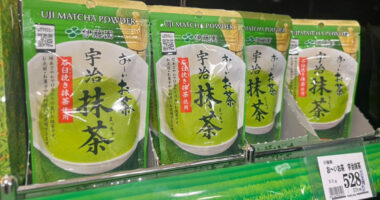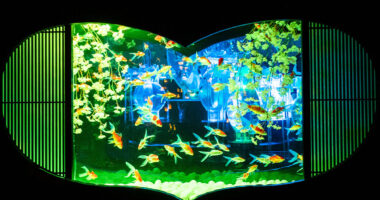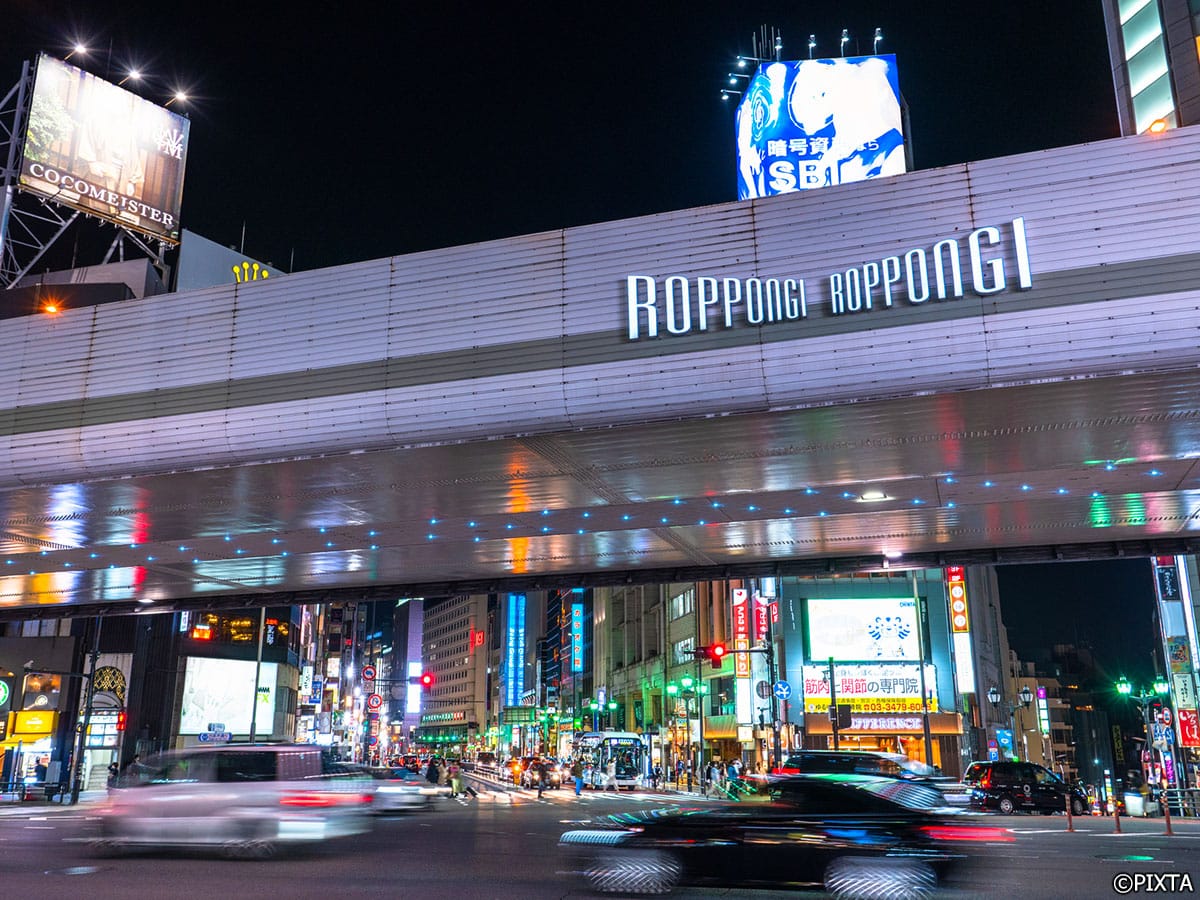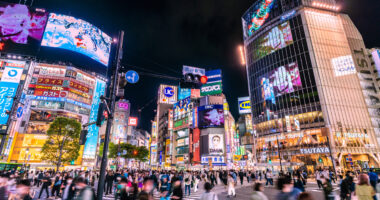Wagyū beef has now become a globally recognized brand, and it’s no longer uncommon to see it on the menus of high-end restaurants.
With its melt-in-your-mouth texture and rich, savory flavor, wagyu enjoys immense popularity among gourmet enthusiasts.
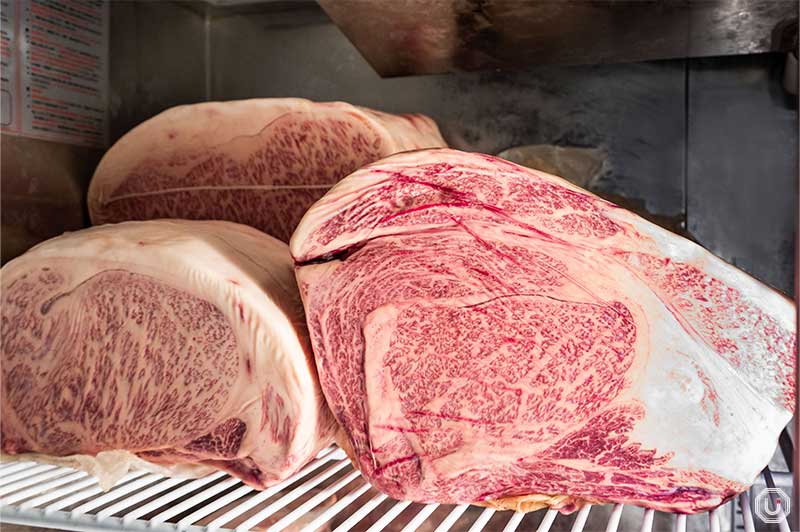
Wagyu at Wagyū no Kamisama
However, enjoying wagyu abroad can be astonishingly expensive.
In restaurants in the U.S. and Europe, a single wagyu steak can easily cost $100–$300 (€90–€270 at current rates), reinforcing its image as a luxury delicacy.
In Japan, by contrast, the local supply and stable distribution make it possible to enjoy wagyu at a more reasonable price.
Wagyu is considered a luxury ingredient in Japan as well, but it is typically offered at around 1,500 to 3,000 JPY per 100 grams (about $9.50–$19.00 per 3.5 oz). Even at steak specialty restaurants, you can often enjoy a satisfying Wagyu steak for under 5,000 JPY (about $32.00).
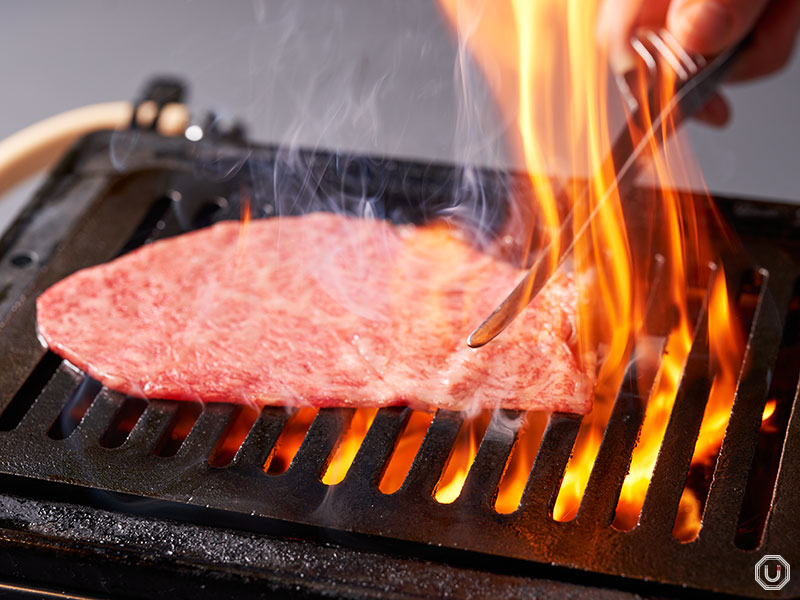
Kuroge (Japanese Black) wagyu at YAKINIKU MARUUSHI GINZA HONTEN
Moreover, in Japan, restaurants featuring wagyu span a wide range of styles. Beyond classic yakiniku (Japanese grilled meat cuisine) and steak restaurants, there are casual specialty shops offering wagyu burgers.
In tourist areas and city centers, the number of accessible wagyu dining options continues to grow every year.
The best affordable wagyu restaurants in Tokyo
If you want to enjoy wagyu without breaking the bank, lunch is the time to go.
Many restaurants offer lunch-only menus at lower prices than dinner, allowing you to savor wagyu more affordably.
Even at high-end yakiniku restaurants where dinner can exceed 10,000 JPY per person, lunch sets and meals are usually priced around 1,500–3,000 JPY.
Steak restaurants also offer lunch plates featuring wagyu steaks or wagyu hamburgers at relatively reasonable prices.
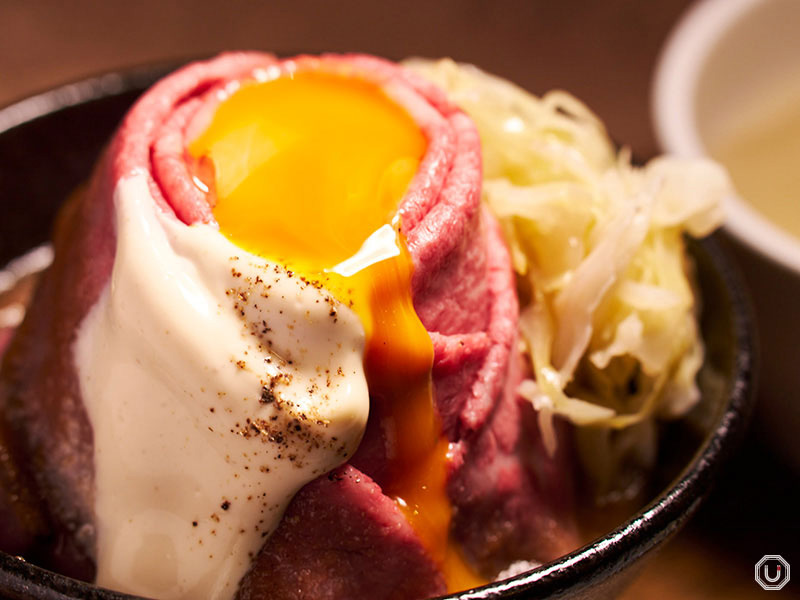
Kuroge Wagyu Roast Beef Don Set at Roast Beef Ohno Akihabara
Affordable prices don’t have to mean compromising on taste or quality. This combination of value and quality is why lunch can be such a standout opportunity.
Another appealing point is that lunch often requires no reservation, making it easy to visit casually.
Especially in Tokyo’s business districts for office workers, or in tourist areas for travelers, excellent wagyu lunches are typically available on both weekdays and weekends.
If you want to experience authentic wagyu flavor without overspending, start by checking wagyu lunch options in your area of interest.
Budget around 4,000 yen: “#Hirokiya Roppongi”
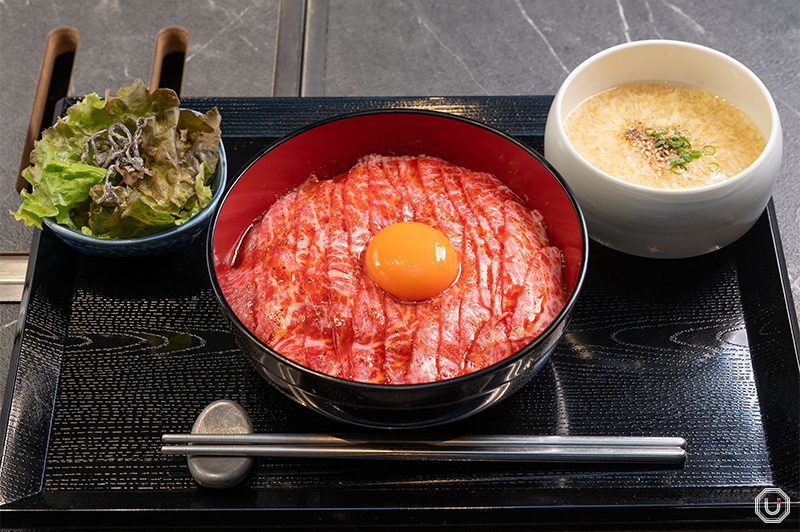
#Melt-in-Your-Mouth Raw Beef Tartare Rice Bowl (Large size) 3,700 JPY (tax included) at #Hirokiya Roppongi
Among wagyu lunches, “#Hirokiya Roppongi’s” signature “#Melt-in-Your-Mouth Raw Beef Tartare Rice Bowl” takes the wagyu experience to the next level.
This popular, limited-quantity dish often draws lines before opening, so arriving early is essential.
Its “drinkable” texture comes from the extraordinary tenderness of the yukhoe.
The moment it hits your mouth, the wagyu melts with a soft, rich flavor that is unforgettable.
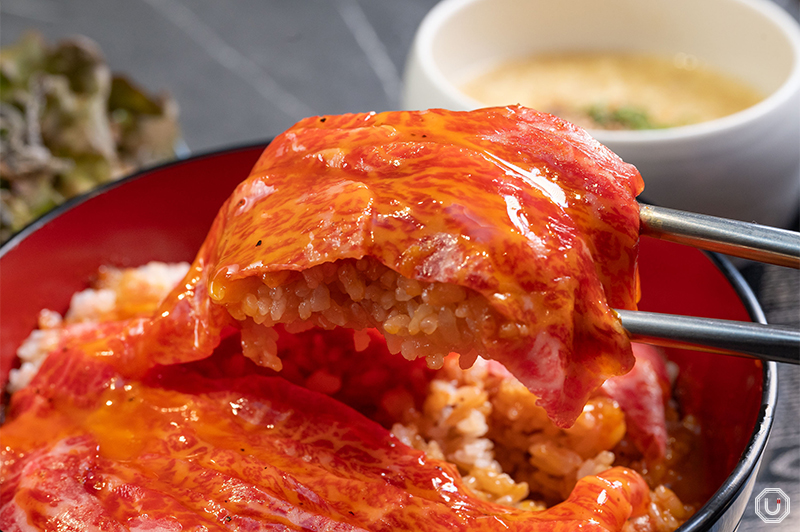
#Melt-in-Your-Mouth Raw Beef Tartare Rice Bowl (Large size) 3,700 JPY (tax included) at #Hirokiya Roppongi
The flavor is enhanced by a special onion sauce, with a mild spiciness that keeps you coming back for more.
A hint of garlic adds an accent, pairing perfectly with steamed rice for a satisfying, irresistible lunch.
This is a must-try dish for anyone who wants to taste the essence of wagyu directly.
Despite being indulgent, it’s reasonably priced for lunch.
Budget around 2,000 yen: “Yakiniku Inoue Ginza”
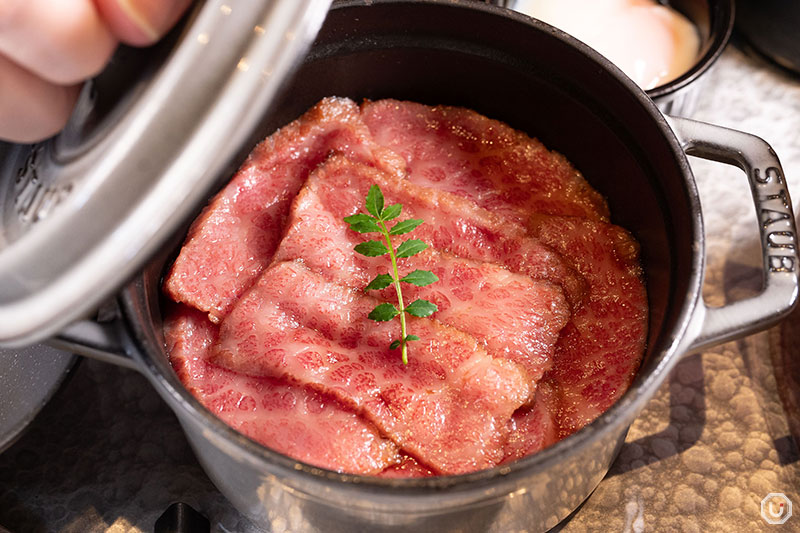
Wagyu Hitsumabushi Set 2,000 JPY (tax included) at Yakiniku Inoue Ginza
Located in the heart of Ginza, “Yakiniku Inoue Ginza” has gained attention for its excellent value lunch.
Its most popular lunch item is the “Wagyu Hitsumabushi Set,” available for only 2,000 JPY.
The star of the dish is the generous layer of Kuroge wagyu roast beef atop perfectly cooked white rice.
The meat is incredibly tender, and every bite releases the deep, savory flavor characteristic of wagyu.
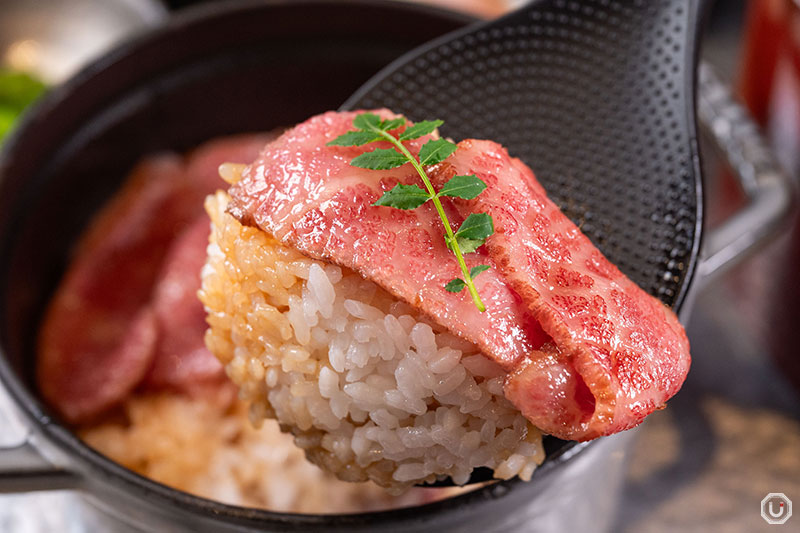
Wagyu Hitsumabushi Set at Yakiniku Inoue Ginza
Another appeal of this wagyu set lies in the wide variety of ways you can enjoy it.
The set comes with an onsen tamago (soft-boiled egg), tororo (grated yam), furikake seasoning, and dashi broth. For example, you can enjoy the first bowl as it is, add the egg or tororo for the second, and finish by pouring the dashi over it for a chazuke-style dish. This way, you can savor Wagyu in the style you like best.
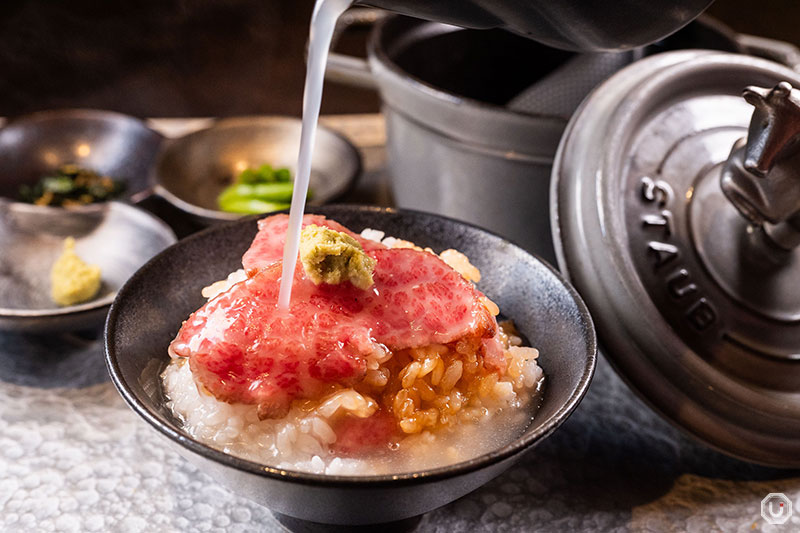
Dashi being poured over the Wagyu Hitsumabushi Set
The sweet sauce drizzled on the rice is the restaurant’s original, made with fruit. Its subtle richness pairs perfectly with the roast beef, making it irresistible.
Considering the location, quality and quantity of wagyu, and the customizable experience, the Wagyu Hitsumabushi Set is an incredible value.
Budget around 3,000 yen: “Restaurant Omiya Asakusa”
While yakiniku and steak are common ways to enjoy wagyu, they’re not the only way to experience its appeal.
At “Restaurant Omiya Asakusa”, you can savor the rich flavor of Kuroge wagyu through a classic yōshoku (Western-inspired Japanese cuisine): beef curry.
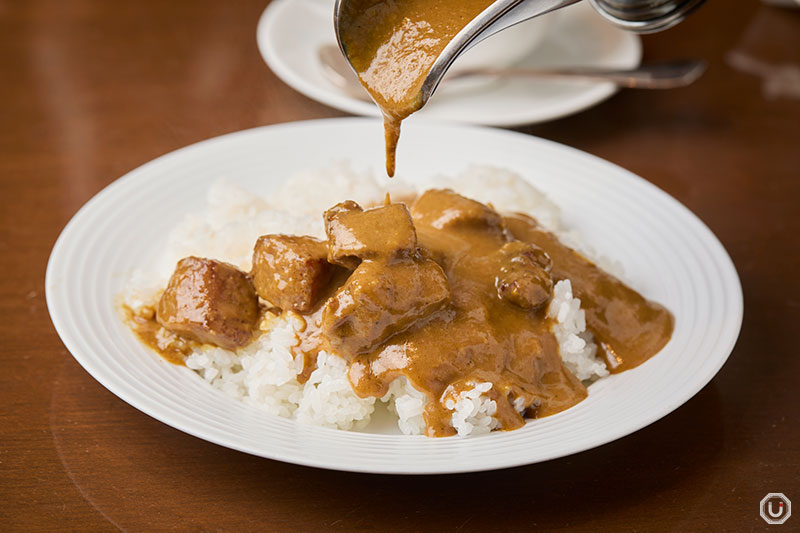
Japanese Beef Curry 2,980 JPY (tax included) at Restaurant Omiya Asakusa
The “Japanese Beef Curry” at Restaurant Ōmiya Asakusa uses carefully selected Kuroge wagyu sirloin.
First, garlic and ginger are sautéed in oil that has been infused with herbs to bring out their fragrance. Once the aroma has fully developed, the wagyu is seared.
This extra step enhances the flavor of the meat dramatically, releasing a rich aroma and flavor the moment you take a bite.
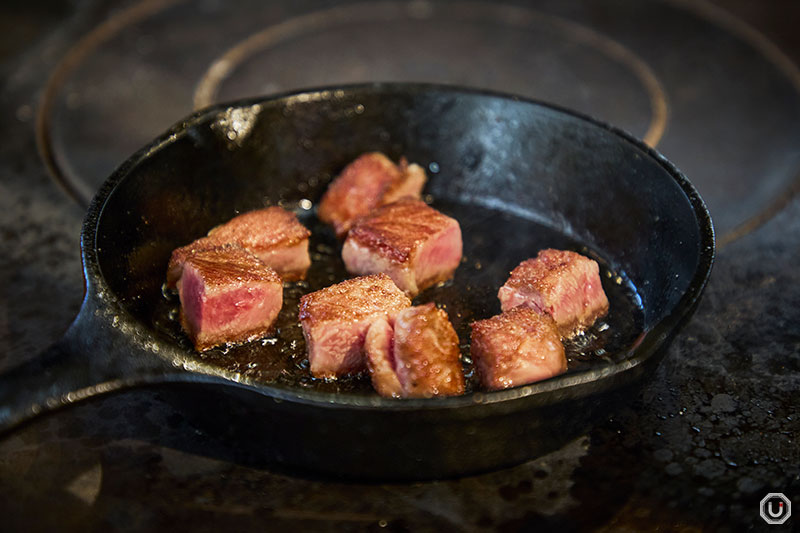
Wagyu used in the Japanese Beef Curry
Another noteworthy point is the cooking method: the wagyu sirloin is not simmered together with the curry roux. This technique is designed to bring out the tender texture and rich fat umami unique to Kuroge wagyu.
The roux itself is homemade, based on chicken stock. Carefully simmered for 6 to 8 hours, the broth elevates the flavor of the curry to the next level.
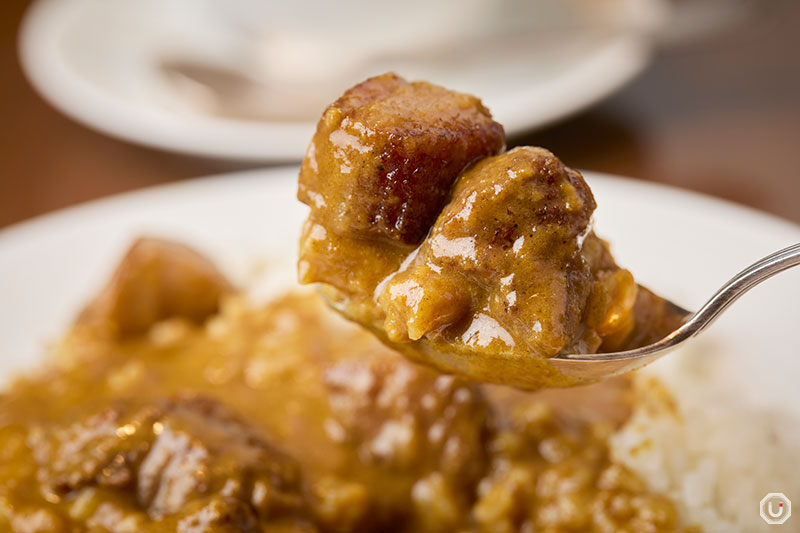
Japanese Beef Curry at Restaurant Omiya Asakusa
Rather than sharp spiciness, what first stands out is the gentle spread of umami, followed by the kick of spices and the sweetness and tang of vegetables — a perfectly balanced flavor.
When combined with the rich fat of the sirloin, it creates an extraordinary bite.
Budget around 4,000 yen: “Tempura Hisago Ōsaki”
Easily accessible from Haneda Airport, Osaki Station is a convenient stop for travelers and business visitors.
A 7-minute walk from the station, “Tempura Hisago Ōsaki” offers a creative wagyu-centric lunch rarely seen elsewhere.
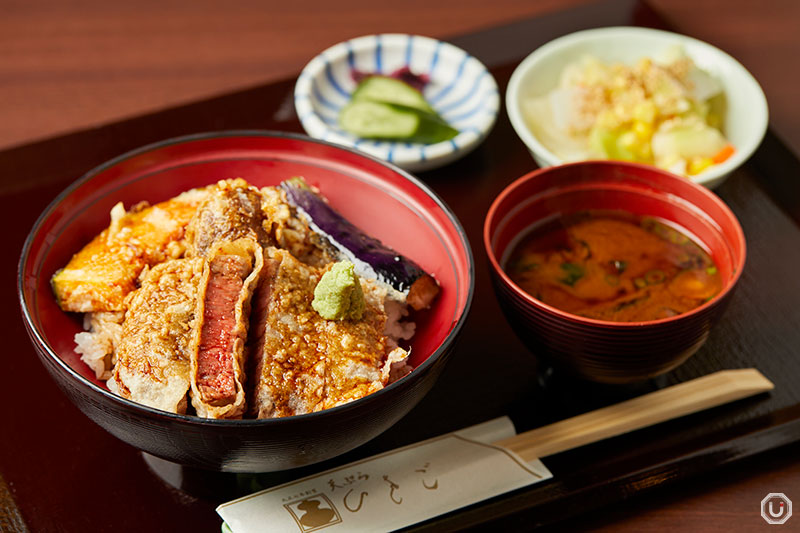
Kuroge Japanese Beef Tempura Bowl 3,800 JPY (tax included) at Tempura Hisago Ōsaki
Offered only during lunchtime is the “Kuroge Japanese Beef Tempura Bowl.”
Normally, tempura rice bowls feature seafood or vegetables as the main ingredients, but here, Kuroge wagyu is served as tempura.
The cut used is the inner thigh, known for its excellent balance of fat and lean meat. The result is a dish where the meat’s tenderness and supple texture emerge perfectly from the crispy fried coating.
What is especially noteworthy is how well it pairs with the tempura sauce.
The rich, sweet-and-savory sauce, simmered carefully to concentrate its flavor, combines with the marbling of the Kuroge wagyu to further enhance its sweetness and depth.
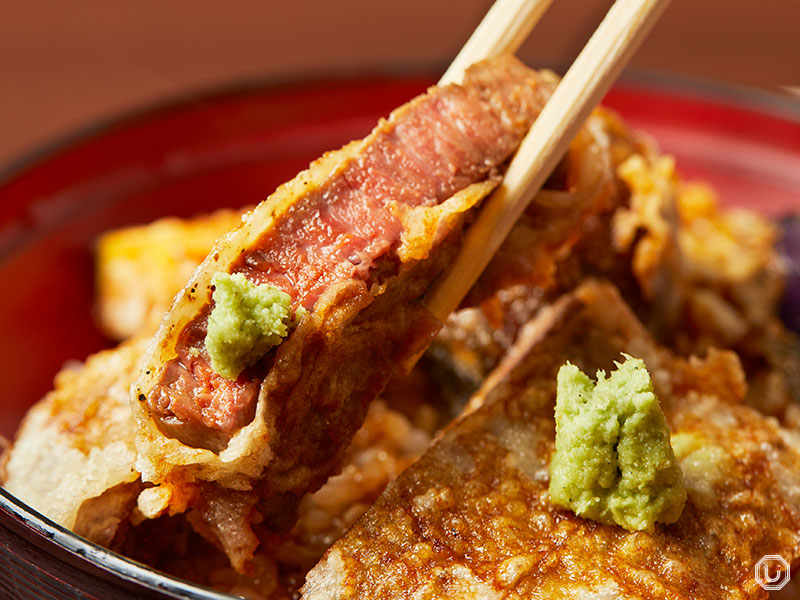
Topping the Kuroge Japanese Beef Tempura Bowl with wasabi
The wasabi served alongside the Kuroge Japanese Beef Tempura Bowl acts as a subtle yet essential supporting player.
Just a small amount tightens the aftertaste, allowing you to enjoy the dish without getting tired of it until the very last bite.
The bowl also comes with vegetable tempura, using seasonal ingredients to add color and textural contrast, reflecting the restaurant’s commitment to the season.
The natural sweetness and aroma of the vegetables further enhance the presence of the wagyu.
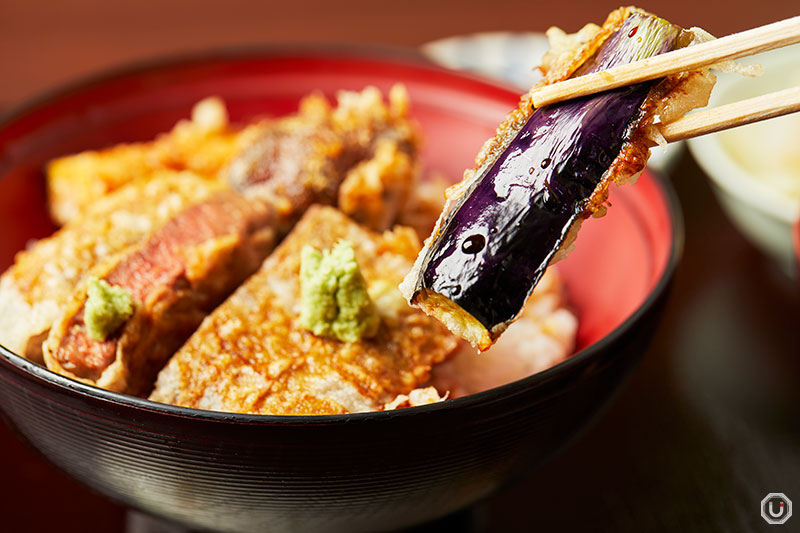
Vegetables used in the Kuroge Japanese Beef Tempura Bowl vary by the season
The volume, depth of flavor, and sheer novelty of wagyu tempura make the Kuroge Japanese Beef Tempura Bowl a must-order lunch when in Osaki.
Wagyu is often seen as a luxury reserved for special occasions, but in reality, it is a familiar ingredient that can be enjoyed as part of everyday dining.
Especially during lunch, you’ll often be pleased to discover wagyu dishes, creatively crafted by the chef, offering value and surprises beyond their price.
Another appeal of these lunches, as introduced here, is how each restaurant brings out the unique character of wagyu in its own way.
From the quality and cut of the meat to the cooking method and the sauces or broths it’s paired with, the richness of these variations provides a new discovery with every bite.
※Menu items, prices, and store details are accurate as of August 2025.
